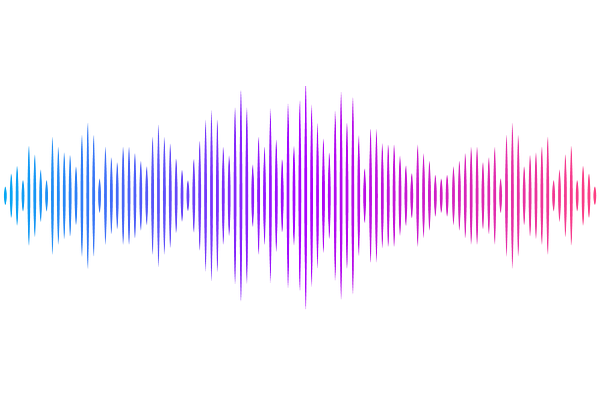EGR3 Deletion Rescues Developmental and Epileptic Encephalopathy in Kcna1-null Mice

EGR3 Deletion Rescues Developmental and Epileptic Encephalopathy in Kcna1-null Mice
Mazumder, A. G.; Karedia, S.; Adhyapak, N.; Bass, J. S.; Kamen, J. L.; Jankovic, M.; Miao, Q.; Gallitano, A. L.; Saltzman, A. B.; Jain, A.; Malovannaya, A.; Glasscock, E.; Aiba, I.; Noebels, J. L.; Krishnan, V.
AbstractKCNA1 encodes the a-subunit of the voltage-gated potassium channel KV1.1. Mutations in the pore domain result in developmental and epileptic encephalopathy (DEE), where early life seizures and a culprit lesion synergistically disrupt neurodevelopmental trajectories, resulting in intellectual disability that often presents with disturbances in sleep, sociability and sensory processing. Abnormalities in the subcellular localization of Kv1.1, via mutations in/autoantibodies against LGI1 and CNTNAP2, also give rise to syndromes of epilepsy and neuropsychiatric impairment. Mice with deletions of Kcna1(-/-) display spontaneous seizures at 2-3 weeks of age and premature mortality. In this study, we applied instrumented home-cage monitoring to examine how aberrations in KCNA1 expression may result in pervasive alterations in spontaneous behavior. Compared to wildtype, Kcna1-/- mice displayed a robust multifaceted behavioral syndrome featuring marked nocturnal hyperactivity, insomnia, reduced sheltering, fragmented feeding/drinking rhythms, sensory over- responsivity and diminished wheel-running. In identical recordings, Kcna1+/- mice only displayed increased sheltering, Lgi1+/- mice displayed mild insomnia and Cntnap2-/- mice showed home-cage hypoactivity. Kcna1 loss in parvalbumin-positive interneurons (Pv-Cre) resulted in a subtle phenocopy, with mild insomnia accompanied by reduced sheltering behavior, while similar deletions in forebrain pyramidal neurons (Emx1-Cre) or dopaminergic neurons (DAT-Cre) were asymptomatic. Adult-onset conditional deletions of Kcna1 also produced only mild insomnia 6 weeks later. To survey the molecular landscape in Kcna1-/- mice, we conducted a mass spectrometry proteomic analysis of dissected hippocampal tissue (a predominant seizure onset zone and where astrogliosis is observed). This revealed significant upregulations in BDNF (brain-derived neurotrophic factor) and the immediate early transcription factor EGR3 (early growth response-3), which is necessary for the induction of BDNF following electroconvulsive seizures. Heterozygous or homozygous deletions of Egr3 in Kcna1-/- mice resulted in significant survival prolongation, a partial neurobehavioral rescue, and a significant improvement in the frequency of spontaneous seizures and spreading depolarization events. These clinical improvements were associated with an amelioration of BDNF induction, hippocampal astrogliosis and proteomic disturbances. Together, these data illustrate how an ion channel that governs excitability at millisecond scales also shapes the spatiotemporal structure of spontaneous behavior at meso- or macroscopic time scales. Our results provide a model and a set of precision endpoints to understand how ictal and interictal features of DEE may be ameliorated by inhibiting the long-term downstream transcriptional alterations imparted by early life seizures.